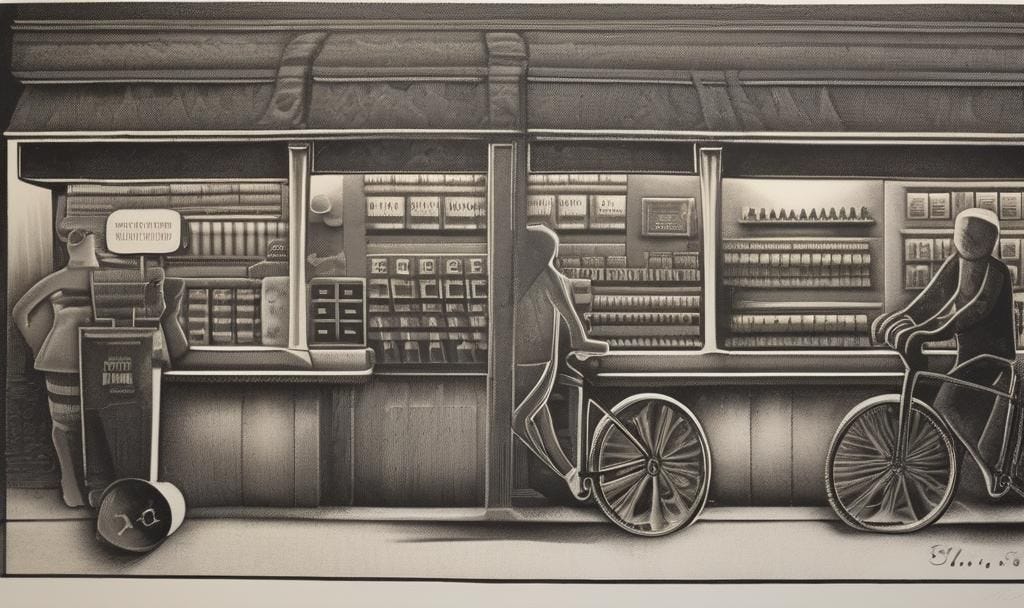Managing Long Sales Cycles
How to Keep Your Team Aligned and Engaged Over Extended Sales Processes
Long sales cycles can be frustrating for technical founders and sales teams alike. When results aren’t immediate, it’s easy to lose focus, accountability, and momentum. Staying focused on the customer throughout long sales cycles keeps your sales funnel full and the revenue flowing. With the right strategies, you can ensure your team stays engaged, measures progress effectively, and positions itself to win when the time comes. This post will explore how to measure engagement, set achievable goals, and prepare for success in long-term sales efforts.
Engagement Is Key to Progress
In a long sales cycle, engagement is often the clearest indicator of progress. Without consistent touchpoints, it’s easy for a prospect to lose interest—or worse, for your team to be forgotten. To ensure your team remains top of mind for the client, ask these questions:
Are your team members meeting with the client regularly? This doesn’t always have to be formal meetings; casual check-ins, attending client events, or even virtual updates can keep the relationship alive. Consider regular breakfast or lunch meetings to bring food to the customer office. Maybe a coffee break for the office. They can be very small and simple touch points, but being in front of the client is the key.
Do they have consistent, meaningful engagements with the customer? Are they solving small problems, answering questions, or providing value during each interaction? Does your customer need support with their activities before the bid comes out. Maybe the customer service they have today is lacking. Can you help with before you win the work?
Are you receiving quality updates on customer activity? Regular updates from your team can help you gauge how the customer is engaging with your product or solution. If the updates are sparse or lack detail, it may indicate a lack of meaningful interaction. Make sure you have regular meetings with your team and are asking about the updates. If you use a CRM read the updates your team puts into the CRM before the meetings. If you are not seeing updates in the CRM ask your team about it specifically.
Measuring engagement ensures that progress is being made even when contracts aren’t immediately awarded. Without these touchpoints, you risk losing opportunities when the bid or decision point finally arrives. Keep yourself informed, so you can hold your team accountable. Remove roadblocks for your team so they can service the customer.
Set Quarterly and Annual Goals
When working within long sales cycles, breaking goals into quarterly and annual benchmarks helps maintain accountability and focus. Consider the following:
Does the customer award work on an annual basis? Understanding the customer’s buying patterns allows you to align your team’s efforts with their decision-making timelines. Annual is very common, in some cases it could be longer or shorter. Make sure your team knows the process and is ready for the next step when it comes.
What does your team need to do this quarter to be included in the bidding process? Being included in bids is a sign that your customer sees value in your offering. Customers may have qualifying steps for their bid. Know the request for information timeline. Or if your customer requires a facility tour or proof of inventory. What steps do you need to take this week or quarter to be ready for the bid.
Are there smaller opportunities to capture now? Long-term contracts are great, but can your team sell maintenance services, spare parts, or other small-ticket items in the interim? These smaller engagements build trust and keep your company top of mind. If there a gap in the current service being offered? May customers will have the opportunity to purchase based on new technology or inventory. Anything that can get you an opportunity is huge.
For team accountability, consider measuring their success not just by revenue but by units of activity: the number of meetings, proposals submitted, or small sales completed. These smaller metrics offer a clearer picture of effort and engagement over time. It also gives your team wins they can achieve throughout the year.
Be Prepared to Win When It Counts
When the opportunity for a major sale arises, preparation is critical. Use the long sales cycle to align your team and resources so you’re ready to close when the time comes. Ask yourself:
Do you have the right products to offer? Ensure your offering aligns with the customer’s needs. If not, is there time to refine or pivot your product?
Do you have the inventory to fulfill the order? If supply chain or production delays could derail a potential win, address those challenges early. If you have long lead items keep your supply chain informed on the process so they can have the inventory ready.
Do you have the team to service their work? Long-term success often hinges on the quality of your service and support. Ensure you have the staff and infrastructure to meet your customer’s expectations. Do you need to hire? How long will it take you to hire?
By aligning your team’s activities with these goals, you increase your chances of winning the customer’s trust—and their business.
Action Step:
Review your top three prospects do they have a long sales cycle or a short one? Assess their current level of engagement: How many touchpoints has your team had? What smaller opportunities have been captured along the way? What units of activity can you track to ensure consistent progress? Use these insights to develop a focused quarterly plan to keep your team accountable and ready to close when the time comes.
Additional Reading:
1. “Strategies for Managing Long Sales Cycles” – Sales Hacker
2. “How to Improve Sales Engagement in Long-Term Deals” – HubSpot
3. “The Art of Nurturing Leads Over Long Sales Cycles” – Forbes




